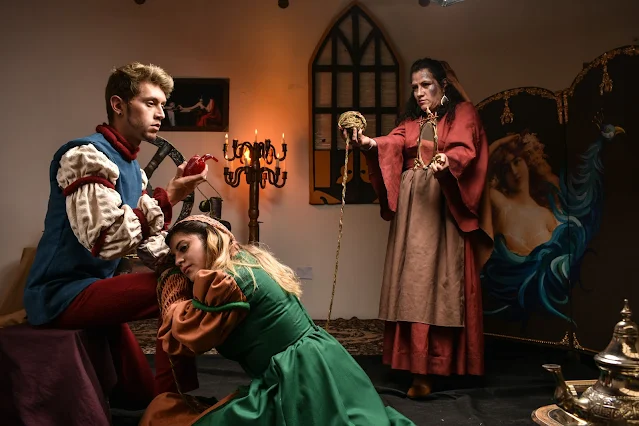The representation of women in television has undergone a remarkable transformation over the years. From the stereotypical roles of the past to the dynamic and multifaceted characters of today, women are playing an increasingly pivotal role in shaping narratives and breaking down societal stereotypes. This blog post delves into the evolution of women’s roles in television, highlighting their impact both on-screen and behind the scenes.
1. Historical Context: From Stereotypes to Strong Characters
Historically, women in television were often relegated to specific roles, such as the dutiful housewife or the love interest. Characters like June Cleaver from “Leave It to Beaver” and Samantha from “Bewitched” reflected limited societal views on women’s capabilities and roles.
- Changing Narratives: As the feminist movement gained momentum in the 1960s and 1970s, television began to reflect these changes. Shows like “The Mary Tyler Moore Show” introduced strong, independent female characters who defied traditional norms and pursued careers.
- Complex Characters: The 21st century has seen a significant shift towards complex female characters. Series like “The Handmaid’s Tale,” “Killing Eve,” and “Fleabag” showcase women with depth, challenges, and agency, paving the way for richer storytelling.

2. Women Behind the Camera: Influencing Production
While representation on-screen is crucial, the role of women behind the camera is equally vital. Female writers, directors, and producers are breaking stereotypes and influencing the narratives we see on television.
- Trailblazing Creators: Women like Shonda Rhimes (“Grey’s Anatomy”), Ava DuVernay (“Queen Sugar”), and Phoebe Waller-Bridge (“Fleabag”) have not only created groundbreaking content but have also opened doors for other women in the industry. Their success has challenged the male-dominated landscape of television production.
- Diverse Perspectives: Female creators bring diverse perspectives to storytelling, allowing for a broader representation of women’s experiences. This diversity enriches the narratives, making them more relatable and impactful for audiences.
3. Shaping Social Narratives: Addressing Real Issues
Television has the power to shape societal narratives, and women are at the forefront of addressing real issues through their characters and storylines.
- Tackling Social Issues: Shows like “The Bold Type” and “Orange Is the New Black” confront topics such as feminism, sexuality, and systemic inequality. These narratives not only entertain but also spark important conversations about women’s rights and societal expectations.
- Empowering Stories: Female-led series often focus on empowerment and resilience, showcasing women overcoming obstacles and challenging the status quo. This empowerment resonates with viewers, inspiring them to pursue their goals and dreams.
4. Breaking Stereotypes: Representing Diversity
The portrayal of women in television is not just about breaking traditional stereotypes; it also encompasses the representation of diverse identities and experiences.
- Intersectionality in Representation: Women from various backgrounds, including women of color, LGBTQ+ individuals, and those with disabilities, are gaining more visibility in television. This intersectional approach to storytelling allows for a richer understanding of women’s experiences.
- Cultural Representation: Shows like “Master of None,” “Insecure,” and “Jane the Virgin” celebrate cultural diversity while addressing the unique challenges faced by women in different communities. This representation is essential for fostering understanding and acceptance among audiences.
5. The Future: Continued Progress and Challenges
While significant strides have been made, the journey toward equitable representation for women in television is ongoing. Challenges remain, including the need for more women in leadership positions and the fight against gender bias in storytelling.
- Encouraging Future Generations: As more women break into the industry, it’s vital to inspire future generations. Mentorship programs and initiatives that support women in film and television can pave the way for continued progress.
- Advocacy for Change: Advocacy groups and industry organizations are working to promote gender equality in television. By supporting these initiatives, audiences can contribute to creating a more inclusive entertainment landscape.
Conclusion
The role of women in television has evolved dramatically, with female characters and creators shaping narratives that challenge stereotypes and resonate with audiences. From complex characters to influential creators, women are making their mark on the television industry, advocating for change and representation. As we move forward, it is crucial to continue supporting diverse voices and empowering women to tell their stories, ensuring that television reflects the richness of the human experience. The journey toward equality in television is ongoing, but with each breakthrough, we are one step closer to a more inclusive future.











